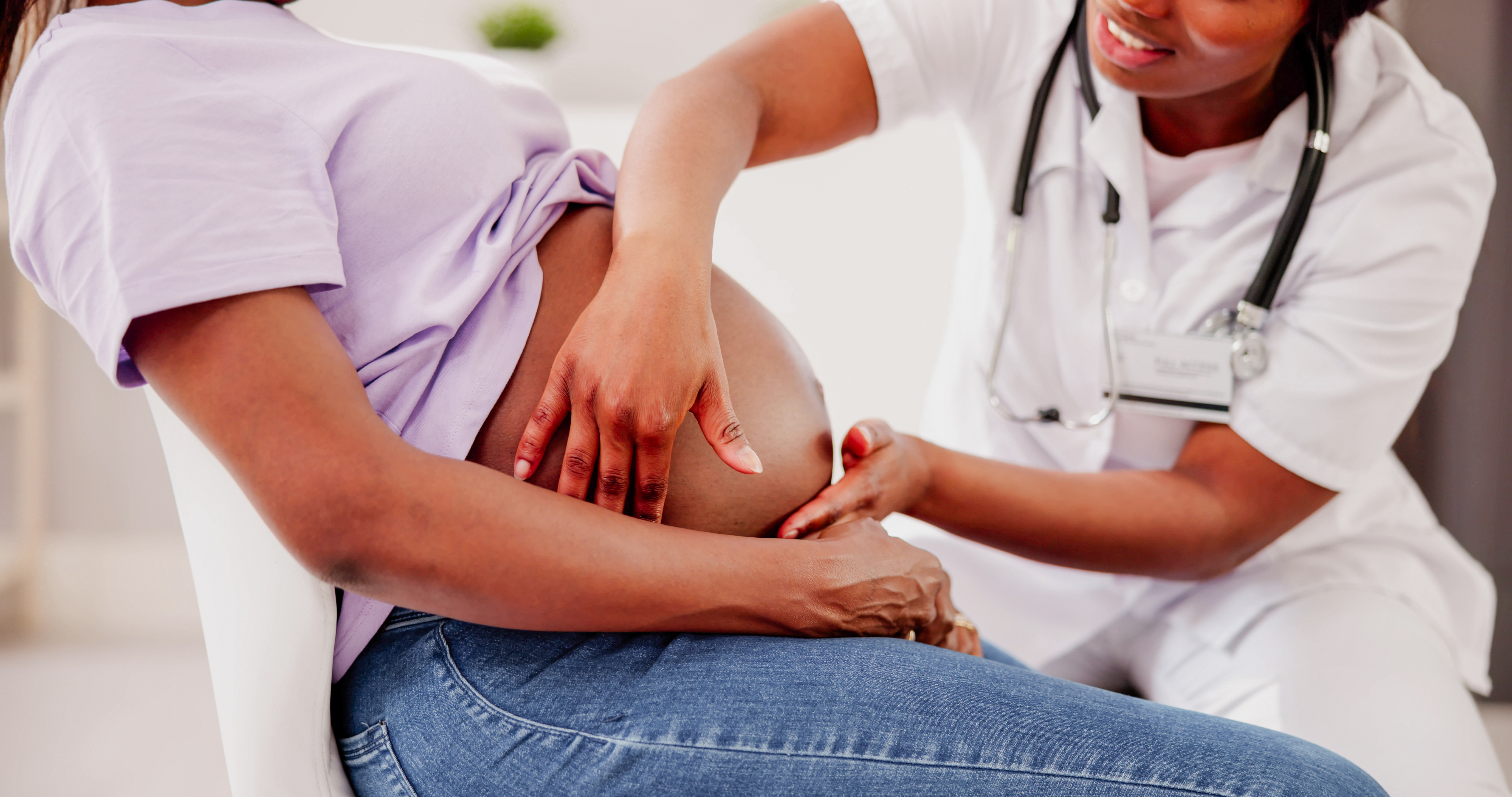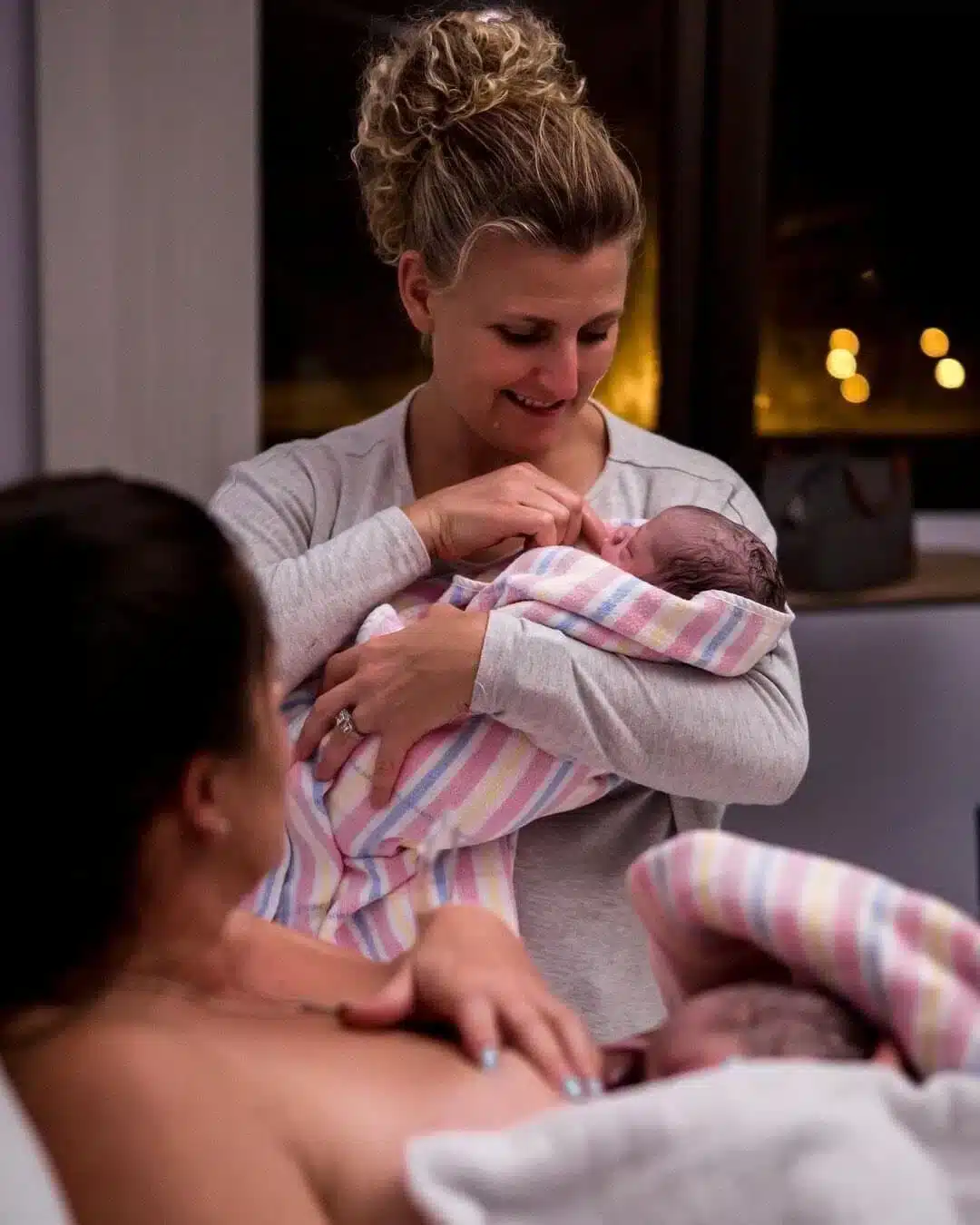Pregnancy Endometriosis And Pregnancy Risk
Endometriosis And Pregnancy Risk

We know that the fertility of some women with endometriosis can be compromised by the condition and it can be more difficult to become pregnant. But an endometriosis diagnosis by no means equates to an impossibility of getting pregnant.
Exactly how does endometriosis affect fertility? How likely is it I can get pregnant with endometriosis? What treatments are there to help women with endo conceiving? And if you do become pregnant what kinds of risks are possible?
Read on to find all the answers to your questions about endometriosis and pregnancy risks below, as well as some inspiring pregnancy stories from real women living with endometriosis.
What is endometriosis?
Endometriosis Australia explains that the condition of ‘endometriosis is present when the tissue that is similar to the lining of the uterus (womb) occurs outside this layer and in other parts of the body causing pain and/or infertility. The lining layer is called the endometrium and this is the layer of tissue that is shed each month with menstruation (period) or where a pregnancy settles and grows’.
Recent data from the World Health Organization (WHO) estimates endometriosis affects 10% of reproductive age women and girls worldwide.
Common symptoms of endometriosis include:
-
Painful periods and cramping.
-
Heavy or irregular bleeding.
-
Chronic pelvic pain.
-
Pain during and/or after sexual intercourse.
-
Painful bowel movements.
-
Painful urination.
-
Fatigue.
-
Depression or anxiety.
-
Abdominal bloating.
-
Nausea.
-
Frequent urination.
The exact cause of endometriosis is not known, but experts believe that it is related to genetic factors, immune system problems, hormone imbalances and issues with period flow.
Endometriosis and fertility
A lot of women with endometriosis can conceive naturally. However, endometriosis is one of the leading causes of infertility in women today, where the more endometrial growths a woman has increases the likelihood that she’ll encounter fertility issues. This study found that about 30-50% of women with endometriosis are infertile.
Women with severe endometriosis will most likely have trouble conceiving due to:
-
Scar tissue blocking the ovary from releasing eggs.
-
A blockage in the fallopian tubes.
-
Scar tissue that prevents the fallopian tubes from functioning properly.
Interestingly, research tells us women with endometriosis have around a 2-10% chance of falling pregnant each month, compared to women without the condition who have a 15-50% chance of falling pregnant monthly.
For females with mild endometriosis, trouble getting pregnant can be due to:
-
Endometrial cells cause inflammation that interferes with the balance of hormones that are required to fall pregnant.
-
Endometrial tissue may affect the immune system leading to inflammation that prevents sperm from getting into the egg.
It’s impossible to predict whether endometriosis will make it difficult for you to conceive or not. Your age and partner’s sperm count also play a role in trying for a baby with endometriosis.
Experts recommend trying to get pregnant naturally for women with endometriosis. Then if after six months you have not fallen pregnant, you may want to seek out advice from your doctor and discuss assisted reproductive techniques.
Treatments to help conceive with endometriosis
Stevie successfully fell pregnant just a couple of months after a laparoscopy to remove endometrial tissue.
Various treatments can improve your chances of conceiving with endometriosis.
Effectively managing your symptoms using medications and hormonal treatments such as progesterone to slow the progression of endometrial tissue growth can increase your odds of getting pregnant later on.
One of the most effective methods is undergoing laparoscopy (a surgical procedure where endometrial tissue is removed using a laser to cut it off). You’re under general anaesthetic for the surgery. Evidence shows that your chances of falling pregnant are better after this surgery, although it’s worth noting the tissue can grow back over time.
On the Australian Birth Stories podcast, Stevie shared her endometriosis pregnancy success story where she conceived within two months of having laparoscopic surgery followed by a smooth and endo symptom-free pregnancy. Find out more about Stevie’s experience here.
And on the Australian Birth Stories podcast, Abby shared her courageous story where she battled fertility issues due to her endometriosis, underwent nine rounds of IVF that resulted in her conceiving and the successful delivery of her daughter Remi. Read more about Abby’s incredible journey here.
If you haven’t conceived naturally within six months after surgery, you might like to discuss in vitro fertilisation (IVF) or intrauterine insemination (IUI) options with your doctor.
Stevie successfully fell pregnant just a couple of months after a laparoscopy to remove endometrial tissue.
Various treatments can improve your chances of conceiving with endometriosis.
Effectively managing your symptoms using medications and hormonal treatments such as progesterone to slow the progression of endometrial tissue growth can increase your odds of getting pregnant later on.
One of the most effective methods is undergoing laparoscopy (a surgical procedure where endometrial tissue is removed using a laser to cut it off). You’re under general anaesthetic for the surgery. Evidence shows that your chances of falling pregnant are better after this surgery, although it’s worth noting the tissue can grow back over time.
On the Australian Birth Stories podcast, Stevie shared her endometriosis pregnancy success story where she conceived within two months of having laparoscopic surgery followed by a smooth and endo symptom-free pregnancy. Find out more about Stevie’s experience here.
And on the Australian Birth Stories podcast, Abby shared her courageous story where she battled fertility issues due to her endometriosis, underwent nine rounds of IVF that resulted in her conceiving and the successful delivery of her daughter Remi. Read more about Abby’s incredible journey here.
If you haven’t conceived naturally within six months after surgery, you might like to discuss in vitro fertilisation (IVF) or intrauterine insemination (IUI) options with your doctor.
Endometriosis and pregnancy risks
Most women with endometriosis experience healthy uncomplicated pregnancies that don’t require extra monitoring or tests, but here are some of the risks that there is a slightly heightened chance of experiencing.
Pregnancy loss
Endometriosis is linked with an increased risk of miscarriage in comparison to women without the condition. This study found that women with endometriosis have a 35% chance of pregnancy loss while women without endo have a 22% chance of pregnancy loss. However, more research is needed to determine whether endometriosis is a significant risk factor for pregnancy loss.
Pre-eclampsia
This study found that pregnant women that have endometriosis are at a higher risk of pre-eclampsia. It typically occurs after 20 weeks of gestation or straight after giving birth. Women with pre-eclampsia have high blood pressure, fluid retention and protein in urine and if it goes untreated can lead to serious complications (like infant growth problems). Your doctor will routinely check for signs of pre-eclampsia throughout your pregnancy.
Premature birth
The inflammation caused by endometriosis is linked to premature birth. Research suggests women with endometriosis are 1.5 times more likely to experience preterm birth (birth before 37 weeks of gestation). Premature babies are more likely to have developmental and health problems.
Placenta previa
Research shows that endometriosis significantly increases the incidence of placenta previa, where the placenta implants too low in the uterus partly or fully covering the cervix.
Placenta previa can be life-threatening to both the mother and baby, and will typically require a caesarean delivery. The main sign of placenta previa is bright red vaginal bleeding. If this occurs during your pregnancy immediately consult your doctor.
Management of endometriosis symptoms during pregnancy
The usual ways of managing endo symptoms (i.e. hormonal therapy and surgery) are not safe while pregnant.
Some of the methods pregnant women can use to treat endometriosis symptoms are:
-
Doctor and midwife approved pain medications.
-
Exercises like walking, prenatal yoga and stretching.
-
Take warm baths to ease back pain and cramps.
-
Use of heat packs to ease pain (do not place heat packs on the uterus).
-
Eating fibre-rich foods.
While there are several risks associated with endometriosis and pregnancy, it’s important to remember endometriosis-related complications are rare and a majority of women with endometriosis go on to conceive and deliver full-term healthy babies.
Seek medical advice by speaking to your doctor if you have any concerns about endometriosis-related fertility issues or risks during your pregnancy.
Disclaimer
Australian Birth Stories does not accept any liability to any person for the information or advice (or use of such information or advice) which is provided on the website or incorporated into it by reference. Australian Birth Stories provide this information on the understanding that all persons accessing it take responsibility for assessing its relevance and accuracy. We encourage you to discuss your health needs with a health practitioner. If you have concerns about your health, you should seek advice from your health care provider or if you require urgent care you should go to the nearest Emergency Dept.
Categories
Related Products
-
Birth Meditations
$49.00Narrated by Sophie Walker, these soothing and informative meditations help you feel supported and confident around birth.
Get your copy of our Perineal Massage Guide in your inbox
Keep Reading
We think you might enjoy these articles

The Emergency C-Section Checklist You’ll Be Thankful You Had
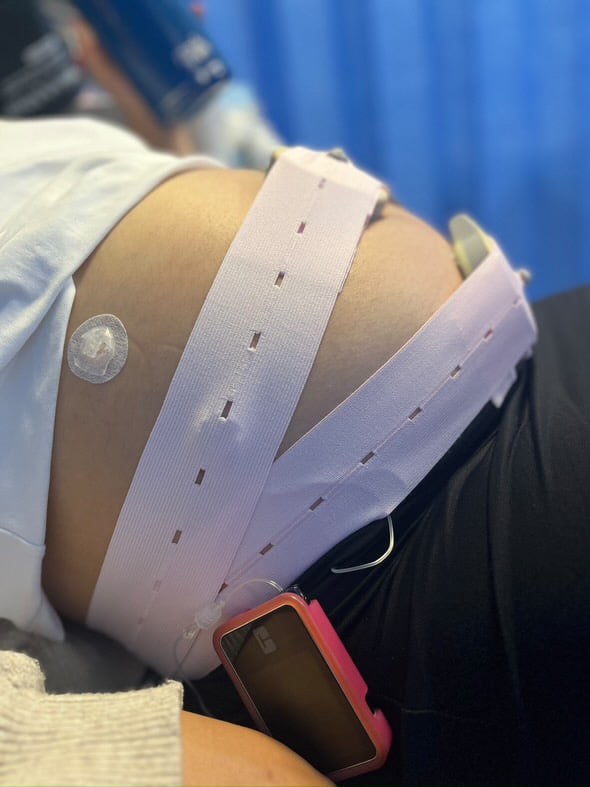
Pre-existing Diabetes and Pregnancy: What You Need to Know
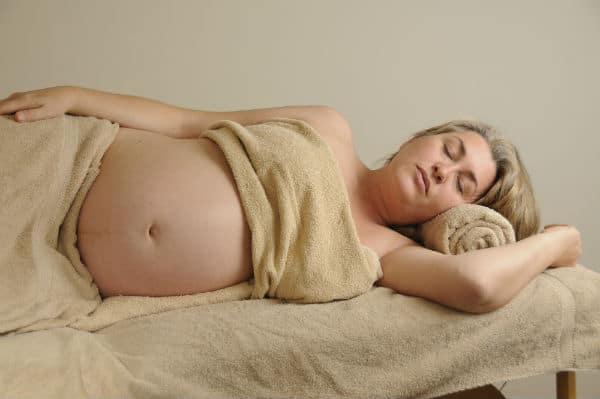
Harnessing the Power of Acupressure: A Natural Approach to Preparing for Birth
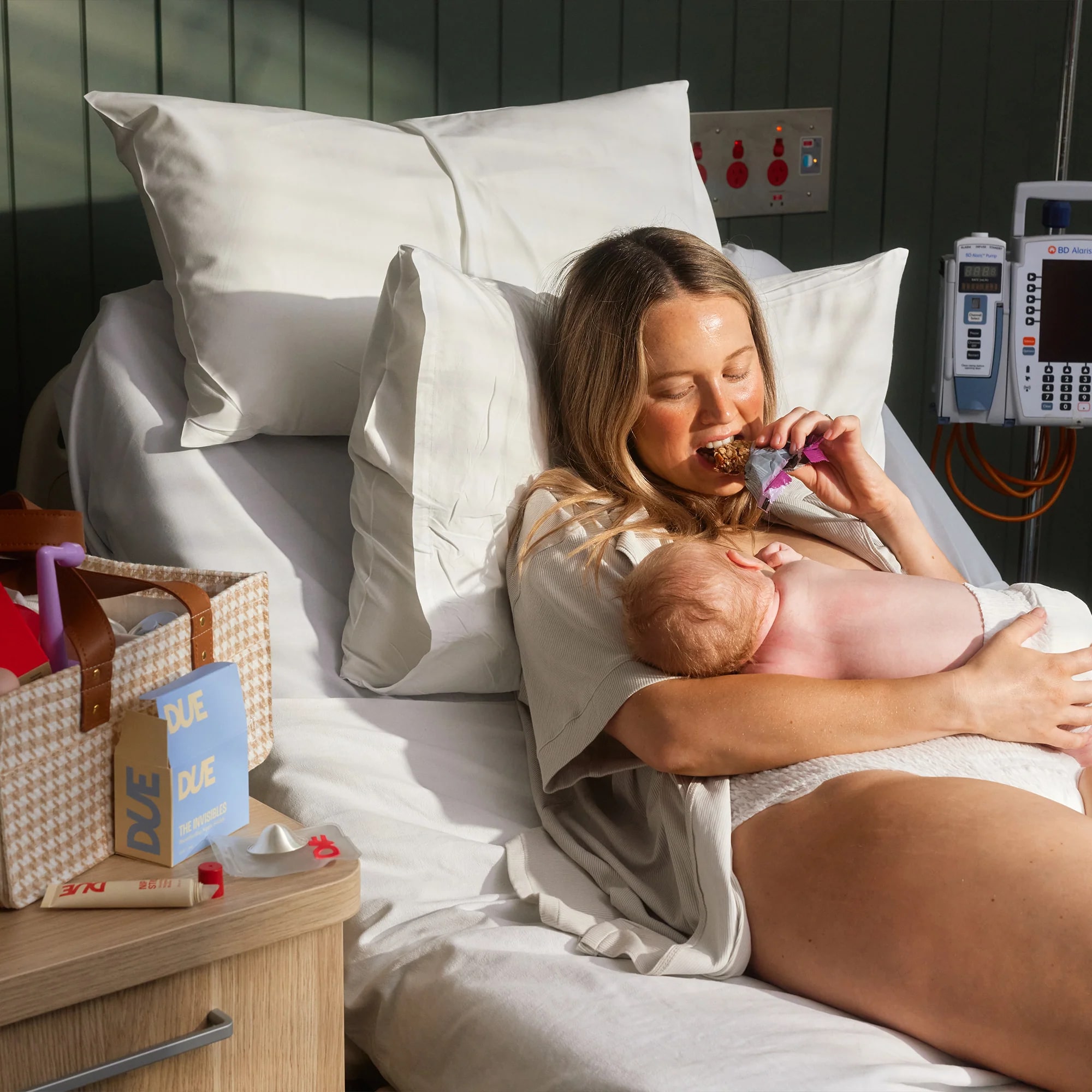
Thoughtful Christmas Gifts for your Pregnant Friend.
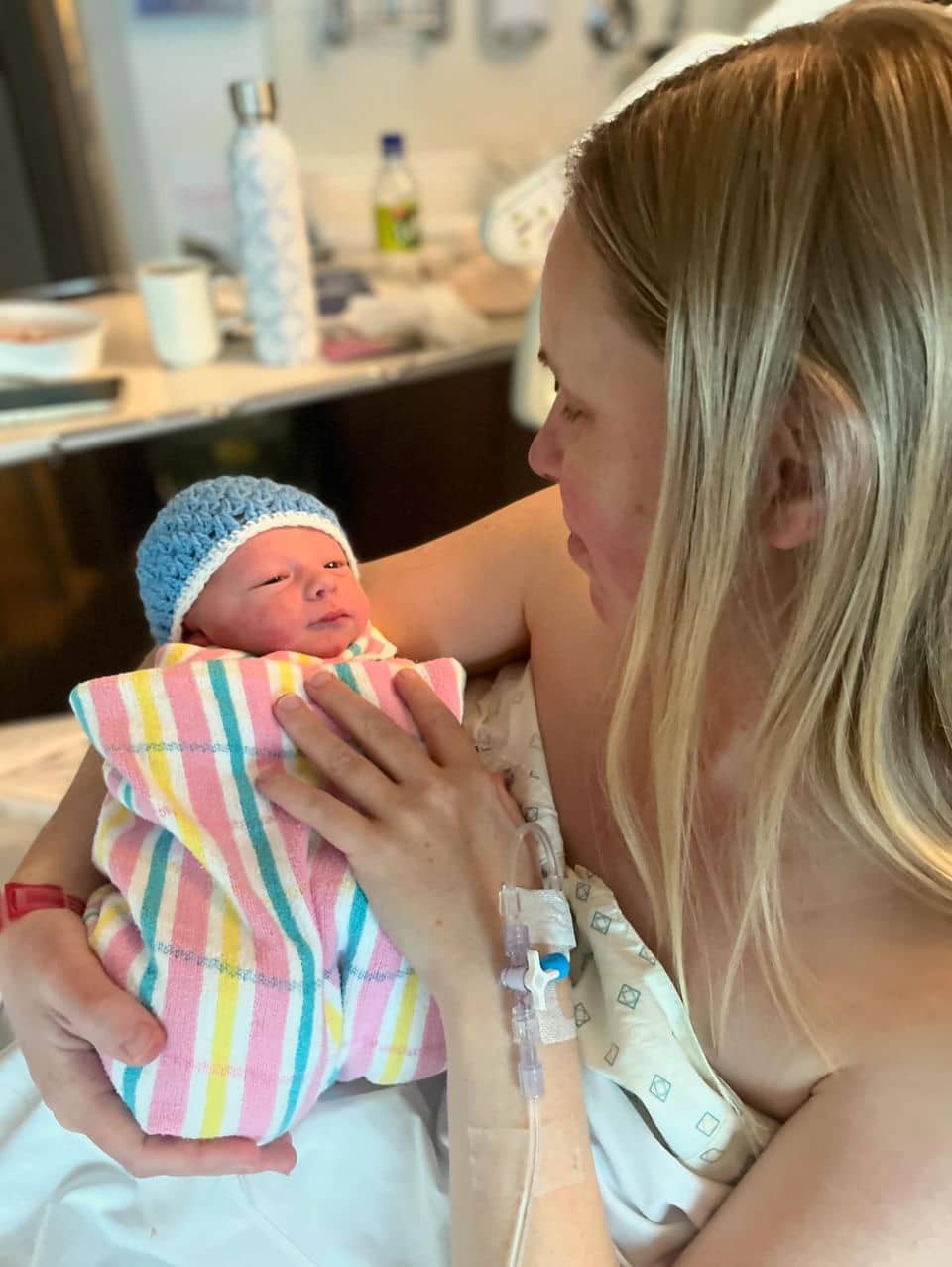
What is Pre-eclampsia?

Non-invasive Prenatal Testing (NIPT)
@AustralianBirthStories
Follow along with us
@AustralianBirthStories
Follow along with us
@AustralianBirthStories
Follow along with us
@AustralianBirthStories
Follow along with us
@AustralianBirthStories
Follow along with us
@AustralianBirthStories
Follow along with us
@AustralianBirthStories
Follow along with us
@AustralianBirthStories
Follow along with us
@AustralianBirthStories
Follow along with us
@AustralianBirthStories
Follow along with us
@AustralianBirthStories
Follow along with us
@AustralianBirthStories
Follow along with us

